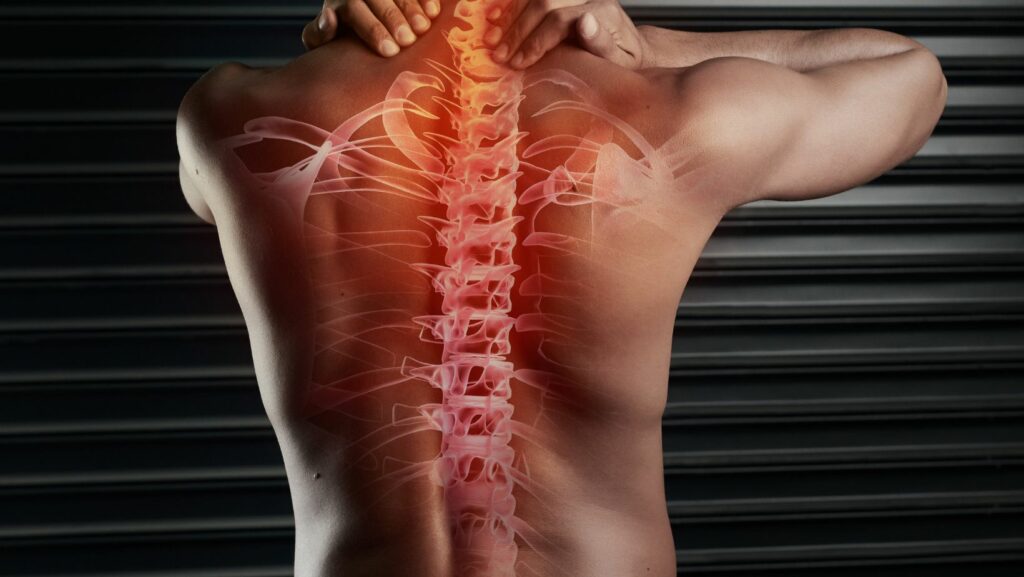T-bone accidents—where one vehicle strikes the side of another—are among the most violent and unforgiving types of crashes. When these impacts occur at intersections or high speeds, the human body bears the brunt of the force, often resulting in serious spinal cord injuries. Unlike cuts or fractures, spinal trauma can be permanent, life-changing, and devastating to every aspect of daily life.
If you or a loved one has suffered a spinal cord injury in this type of collision, you’re not just facing physical rehabilitation. You’re stepping into a complex journey that involves long-term medical care, financial strain, legal negotiations, and emotional adjustment. Knowing what to expect—and how to prepare—can help you regain control during one of the most difficult chapters of your life.
The Mechanics of T-Bone Collisions Make Spinal Injuries More Likely
T-bone crashes concentrate immense force directly on the side of a vehicle, often near the driver or passenger. Unlike front or rear-end collisions, there is little structural protection to absorb the impact. The body can be jolted laterally, twisted violently, or crushed against the vehicle frame, leading to damage in the cervical, thoracic, or lumbar regions of the spine.
These injuries can include fractured vertebrae, herniated discs, or, in severe cases, complete or partial spinal cord severance. Many victims also suffer secondary damage, such as nerve compression or internal swelling, which further threatens spinal function. Immediate medical attention, including scans and stabilization, is critical to limit long-term damage. Hospitals often hire skilled radiologists to accurately interpret imaging results and guide treatment decisions, allowing for rapid diagnosis and timely intervention to minimize further damage.
Signs You May Have a Spinal Cord Injury After a T-Bone Crash
Even if you’re able to stand or speak after the collision, spinal injuries can still be present. Some symptoms develop slowly, while others may seem unrelated at first. Watch for the following red flags that could indicate spinal cord trauma:
- Tingling or numbness in your hands, feet, arms, or legs
- Weakness or heaviness in limbs, even if mild or intermittent
- Loss of bladder or bowel control, or unusual bathroom patterns
- Sudden difficulty walking or balancing, especially on uneven surfaces
- Sharp pain in the back or neck that worsens with movement
- Changes in sensation, like a loss of touch or temperature perception
- Muscle spasms or involuntary movements in the arms or legs
If you experience any of these symptoms, seek immediate medical attention—even if they appear hours or days after the crash.
You May Not Realize the Full Extent of Your Injury Immediately
Spinal cord trauma is not always immediately obvious at the crash scene. Adrenaline, shock, and a lack of visible wounds can mask symptoms. Some people walk away from the accident only to experience numbness, muscle weakness, or loss of bladder control hours or days later. That delay can complicate diagnosis and affect treatment outcomes.

This is why any back or neck pain after a T-bone accident must be taken seriously. You should never assume you’re fine just because you’re able to move or speak. Even a “low-speed” impact can cause long-term nerve damage if the spine is misaligned, pinched, or bruised internally.
Long-Term Care Is Expensive—and Often Necessary
Victims of spinal cord injuries face more than just a hospital stay. Many require ongoing rehabilitation, physical therapy, occupational therapy, and possibly assistive technology such as wheelchairs or exoskeleton devices. Home modifications—including ramps, widened doorways, and bathroom adjustments—may also be necessary for daily living.
These needs come with steep costs, especially if the injury affects employment. Compensation must cover more than just the initial ER bill—it needs to account for lifelong care, loss of earning capacity, and household support. Legal teams like the leading Las Vegas car accident lawyers, Valiente Mott, understand how to build claims that reflect both present and future needs, not just short-term fixes.
Insurance Companies Often Push Back Hard on Spinal Claims
Spinal injuries often involve extensive documentation, and insurance companies know that long-term care comes with high-dollar settlements. Because of that, they tend to scrutinize these claims aggressively, looking for any reason to reduce or deny coverage. They may argue your condition is preexisting, claim your pain is exaggerated, or dispute the need for specific treatments.

This resistance can feel dehumanizing, especially when you’re simply trying to recover and adapt. That’s why legal support is essential. Experienced attorneys ensure that medical records, diagnostic scans, and expert opinions are presented clearly and that your dignity and credibility are protected throughout the process.
Spinal Cord Injuries Don’t Just Affect the Body—They Impact Identity
Beyond the physical damage, spinal injuries change how people see themselves. Losing mobility, independence, or physical confidence can lead to depression, anxiety, and emotional withdrawal. Many victims struggle to find purpose or routine in a life that suddenly feels unfamiliar.
Family dynamics can also shift. Partners become caregivers, children take on adult roles, and support networks are strained. These emotional and psychological effects deserve recognition, not only in treatment plans but in compensation claims. A legal strategy should reflect the full human cost of the injury, not just the medical line items.
Proving Liability in T-Bone Collisions Requires an In-Depth Investigation
Establishing fault in a T-bone crash isn’t always as simple as pointing to the other driver. Traffic signals, speed, visibility, and even road design play a role. Some cases involve red-light runners, while others include drivers who misjudged distance or failed to yield. Surveillance footage, witness statements, and vehicle data are key to proving liability.
In some instances, multiple parties may share responsibility, including municipalities or contractors, if the intersection was poorly marked or maintained. The strength of your claim hinges on gathering the right evidence and clearly connecting your injury to someone’s failure to drive or manage the road safely.
Every Injury Timeline Is Different—Don’t Rush to Settle
Spinal injuries often require months before a true recovery prognosis can be made. Some people improve gradually, while others plateau or even regress. Settling too early—before a complete picture of your limitations and future needs emerges—can lock you into an unfair agreement that leaves you undercompensated.
Pressure to accept a quick settlement is common, especially when bills are piling up. However, the smartest course of action is to wait until your medical team and legal representatives agree that your condition is stable and your future needs are well understood. Your settlement should be based on reality, not insurance company timelines.

